This is a post for my paper engineering class, with whom I promised to share a small selection of cut-out and erasure texts. Here it is!
A Humument, by Tom Phillips. Phillips did a number of versions of this one: each one starts with A Human Monument, an obscure Victorian novel, and creates a new text by painting over each page, leaving some of the words unpainted to create a new story.
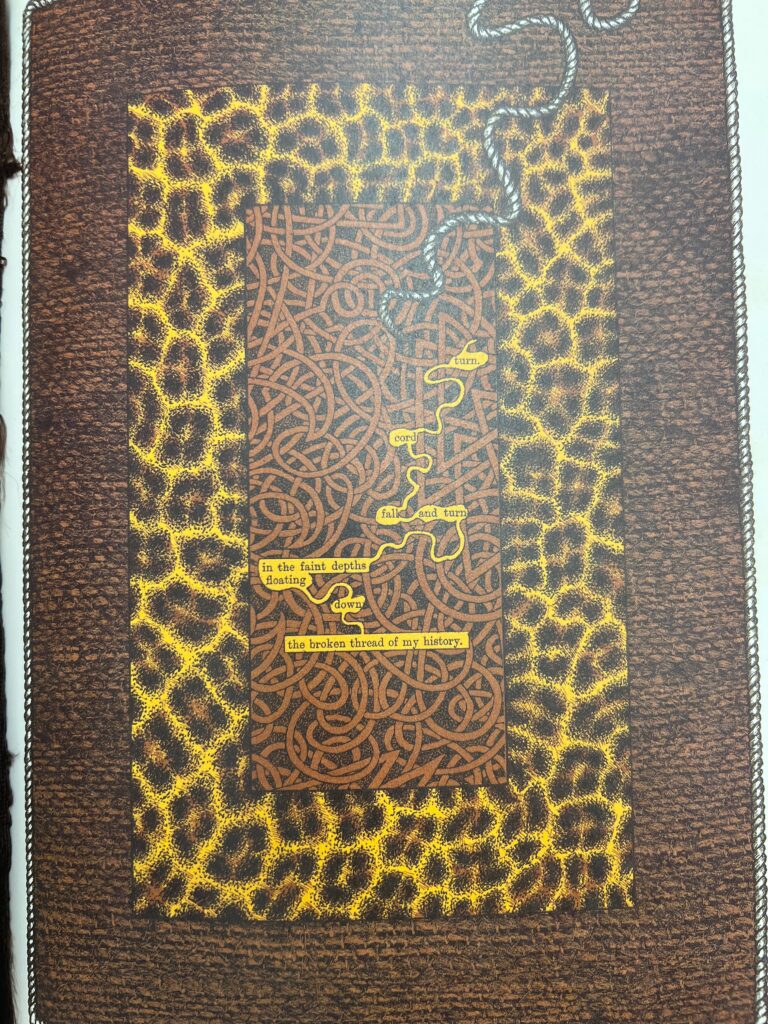
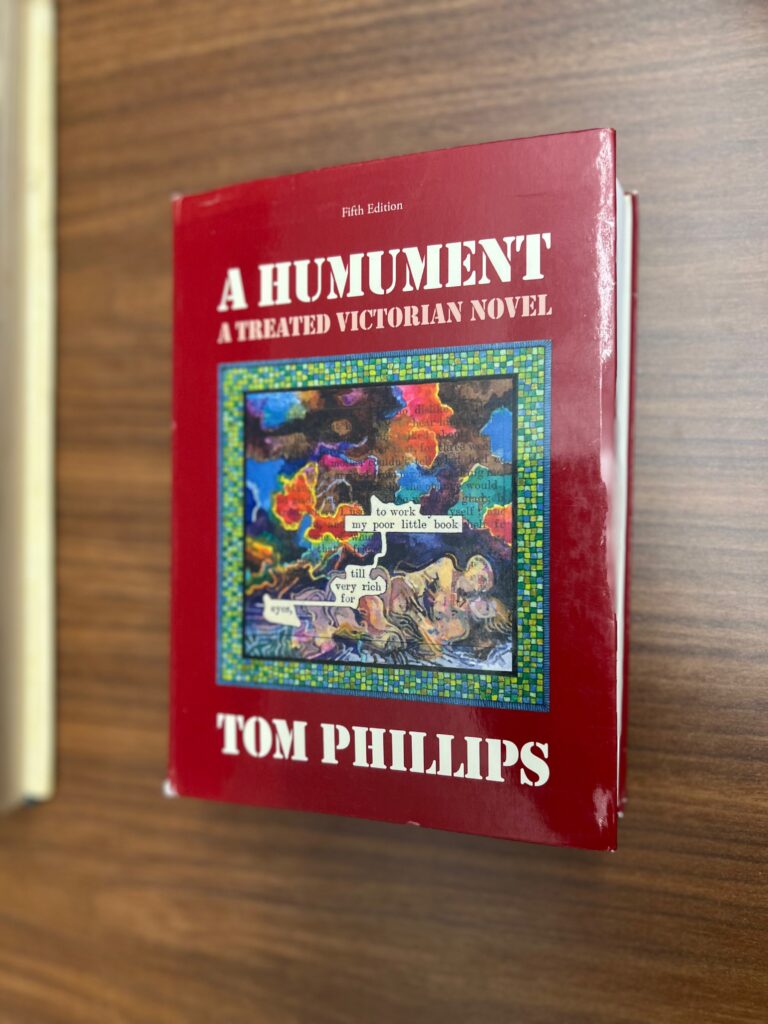
Dante’s Inferno, by Tom Phillips. This one uses the same method as A Humument but, obviously, taking the Inferno as the starting point.
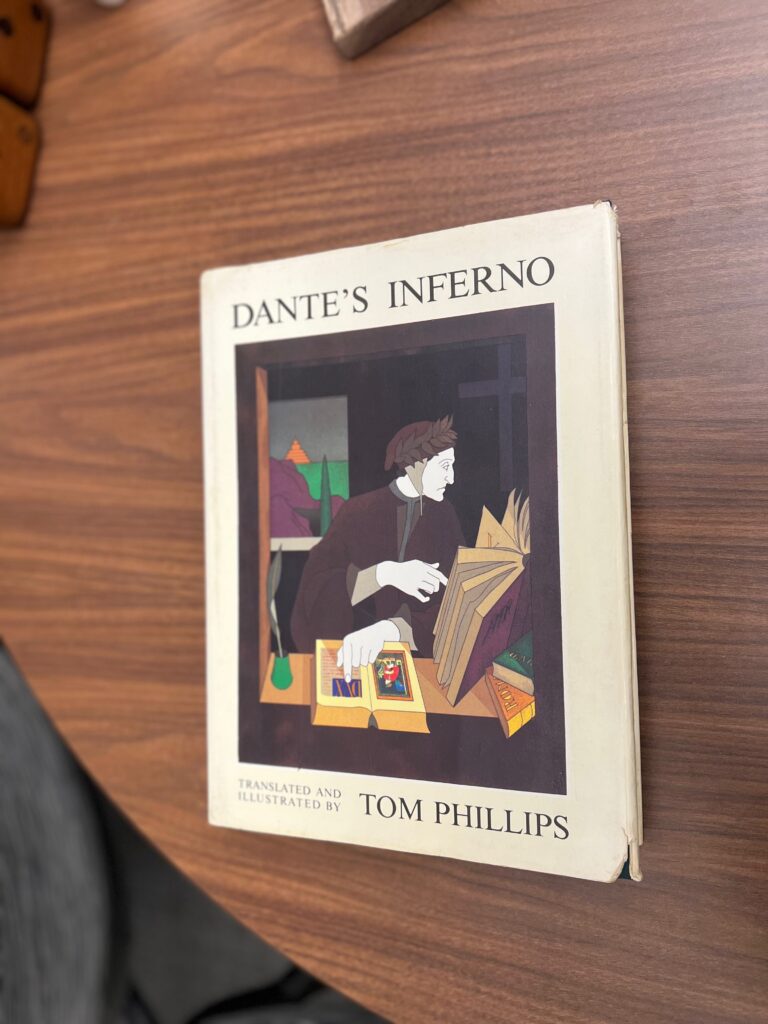
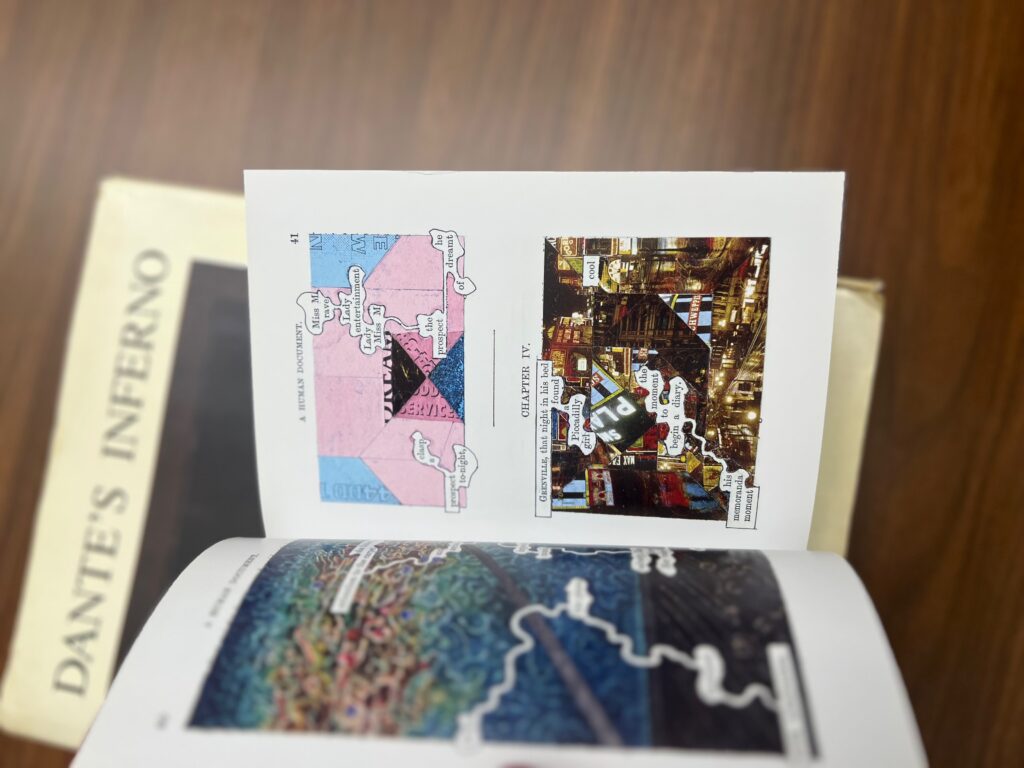
Jen Bervin, Nets. This is an erasure version of Shakespeare’s sonnets. (So the title is an erased form of [Son]nets.) Bervin greys out most of the poems to create alternative and often resistant readings with the remaining black text.
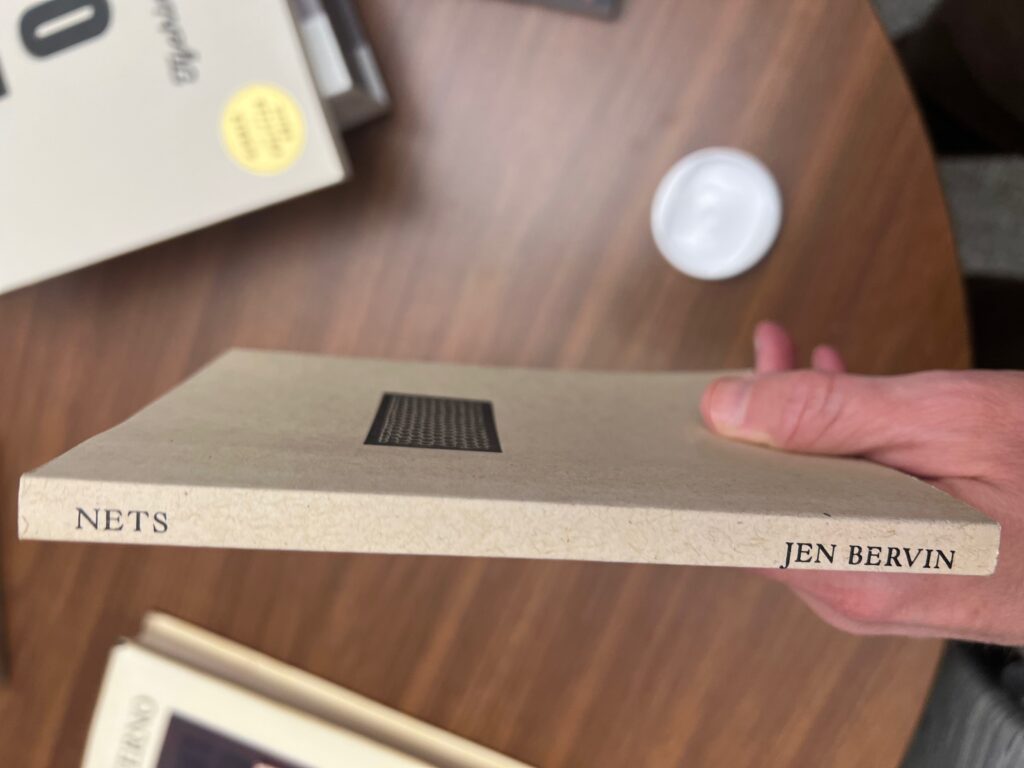
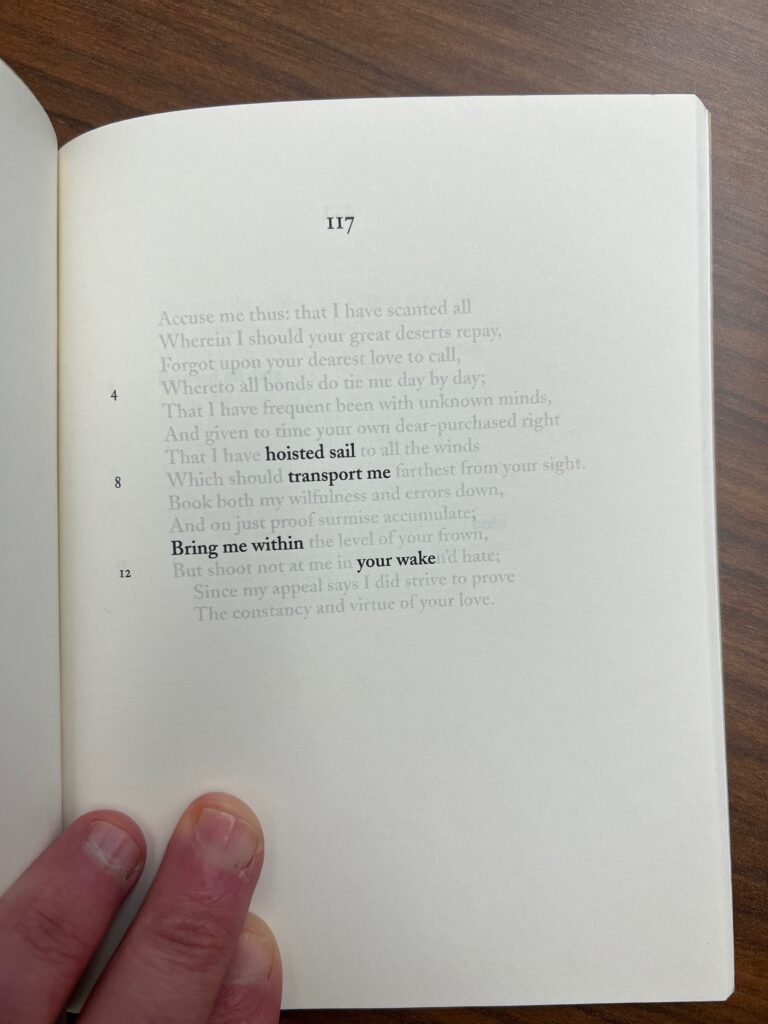
Ronald Johnson’s radi os (or “radios”) is similar to Bervin’s book but completely erases the unchosen words and uses Paradise Lost as the base text.
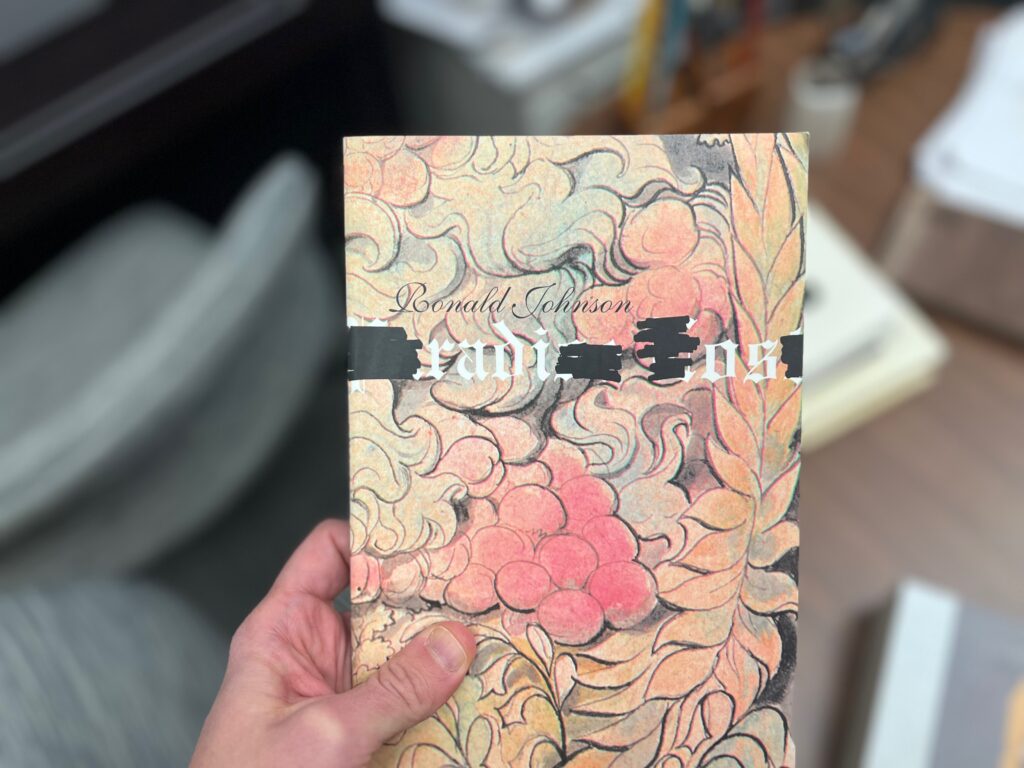
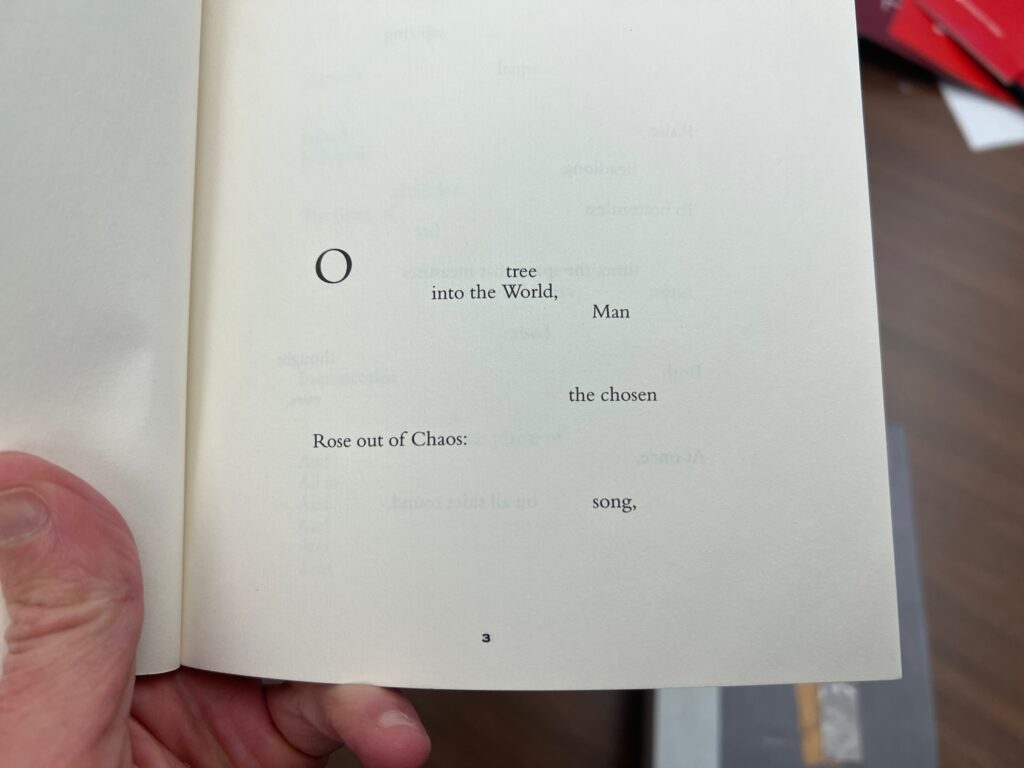
M. NourbeSe Philip’s Zong! uses a different kind of base text: the court documents surrounding the 1781 murder of 133 enslaved Africans on a British ship (the Zong). Philip’s work is complex remixing and breaking up of the source text rather than a more straightforward erasure.
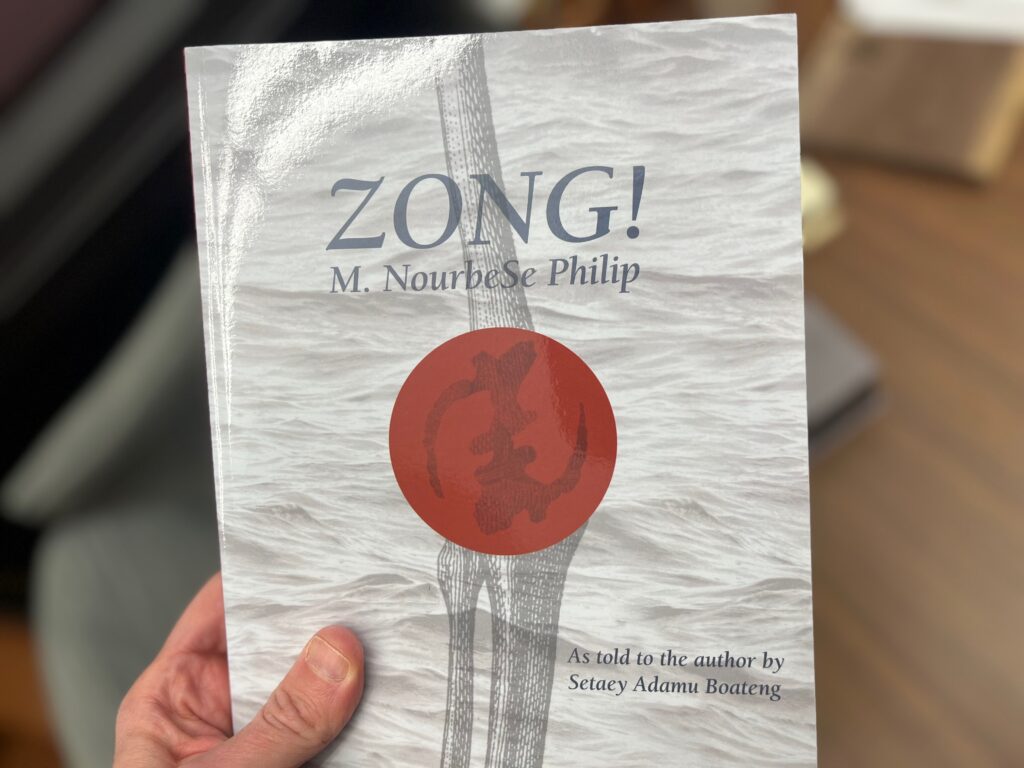
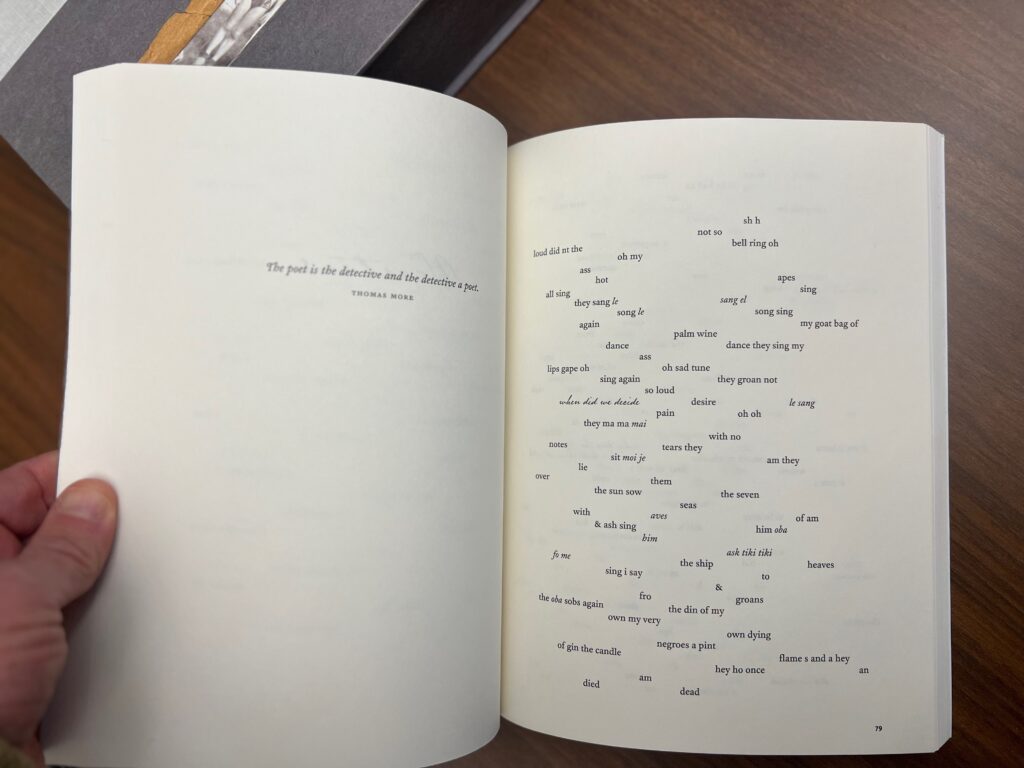
Jonathan Safran Foer’s Tree of Codes takes erasure to another level by die-cutting the unused words out of the pages, creating three-dimensional layers of text. This one’s source is Bruno Schulz’s short story collection The Street of Crocodiles, originally published in Polish.
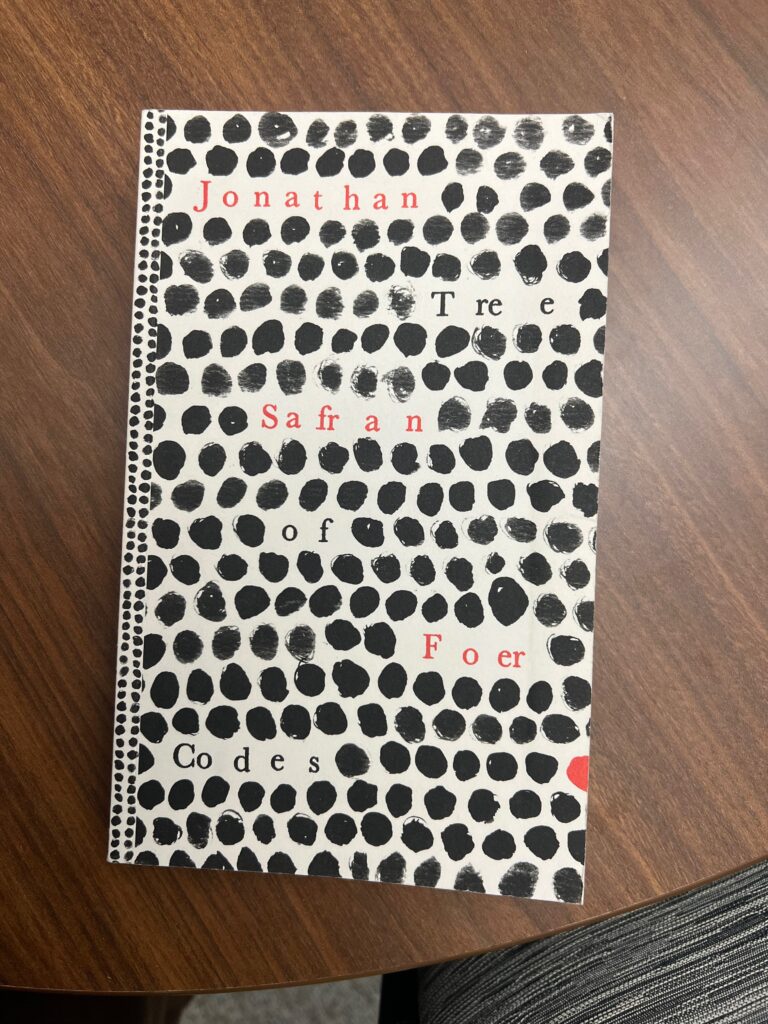
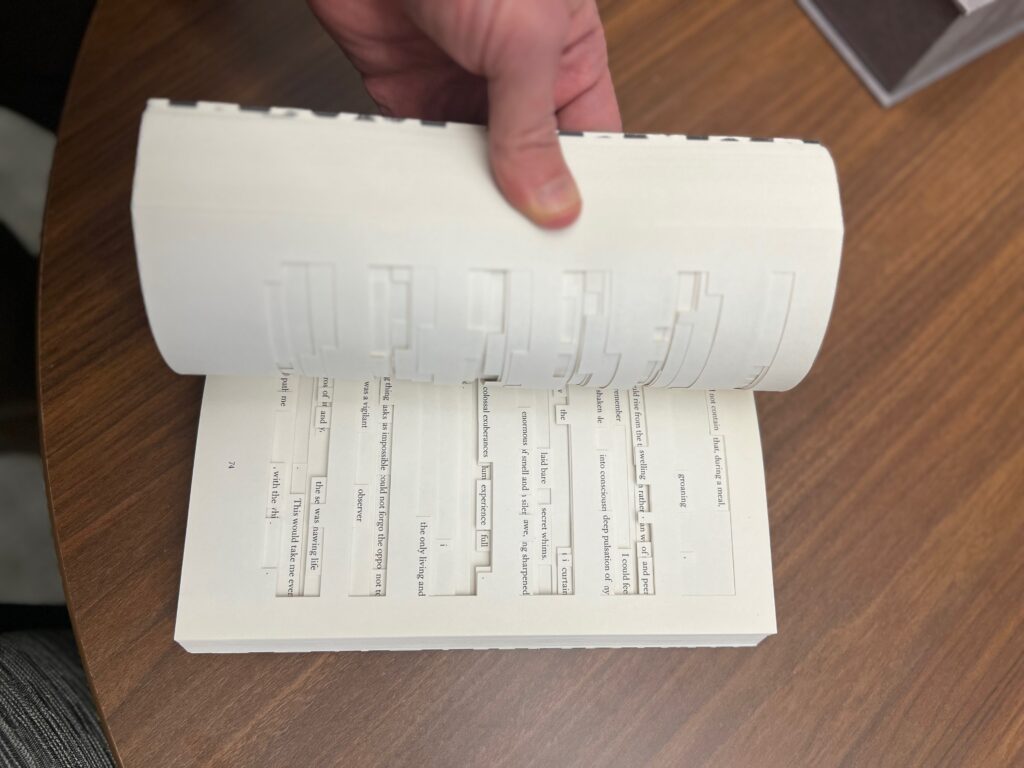
Yasmine Seale’s artwork uses a method like Tom Phillips’s to rework a nineteenth-century translation of The Thousand and One Nights. Seale has now published her own translation of The Thousand and One Nights (marketed as The Arabian Nights, though Seale objects to that translation of the title).
0 Comments